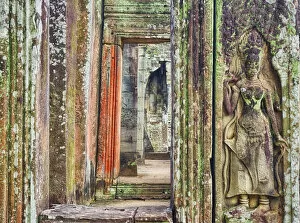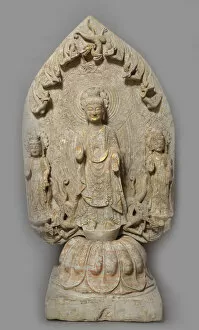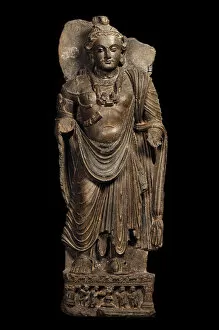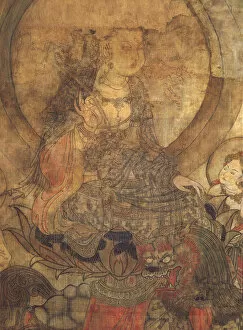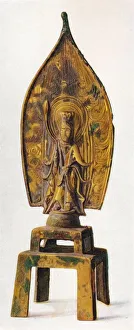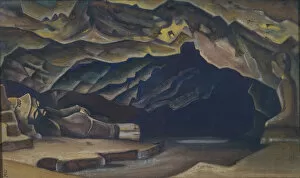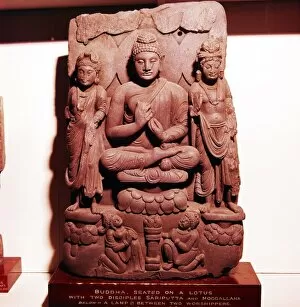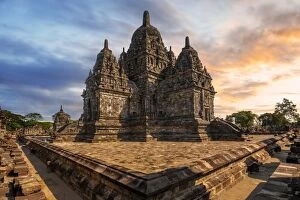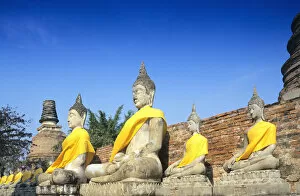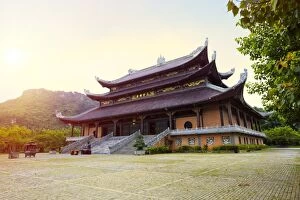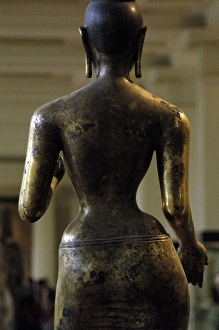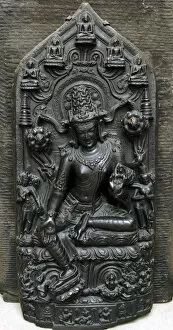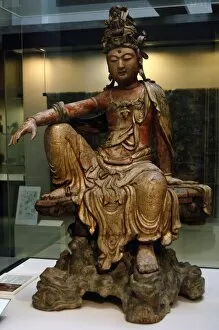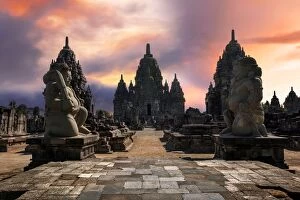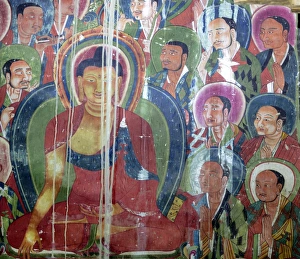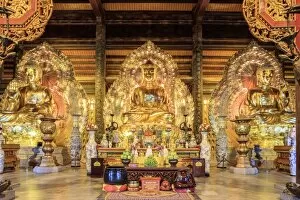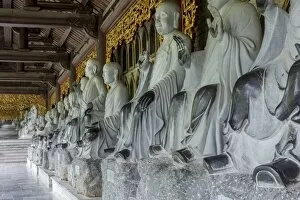Bodhisattva Collection (page 9)
"Bodhisattva: Embodiments of Compassion and Wisdom" In the realm of Buddhist art, the concept of a bodhisattva is beautifully depicted through various masterpieces
All Professionally Made to Order for Quick Shipping
"Bodhisattva: Embodiments of Compassion and Wisdom" In the realm of Buddhist art, the concept of a bodhisattva is beautifully depicted through various masterpieces. From ancient sculptures to intricate thangkas, these representations capture the essence of enlightenment and compassion. One such artwork is the statue of Amitabha, the Buddha of the Western Pure Land. Created around 1700, its serene countenance emanates tranquility and peace. Similarly, Prajnaparamita, the Goddess of Transcendental Wisdom carved in c. 1300 from andesite stone showcases her profound knowledge and insight. Moving towards South Korea's capital city Seoul, we encounter Kwanseum Bosal or Avalokitesvara - known as Bodhisattva of Compassion. This sculpture stands tall as a symbol of empathy and mercy for all beings. Traveling back in time to China during the 12th century, we find a statuette depicting Kuan-Yin as a Bodhisattva. Its delicate craftsmanship portrays her benevolence while holding space for devotees seeking solace. Guan Yin appears again in another form - as Nine-Lotus Bodhisattva created by an unknown artist in 1593. The intricately detailed sculpture exemplifies Guan Yin's divine grace amidst blooming lotus flowers. Vajrasattva takes us into early 19th-century Tibetan culture with his ethereal presence representing purity and transformation through Vajrayana Buddhism practices. Shifting our focus to healing and medicine, Bhaisajyaguru emerges as an anonymous artist's creation circa 1319. This depiction emphasizes his role as Buddha dedicated to curing ailments both physical and spiritual. The captivating faces adorning Angkor Wat's Bayon Temple in Cambodia showcase diverse expressions embodying wisdom gained from centuries-old traditions within Asia’s cultural tapestry.

